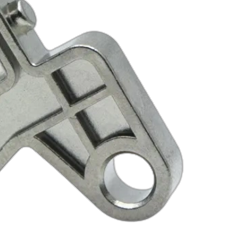QualityMeeting Energy Industry Quality Expectations
Energy industry demands precision, reliability, and durability. Our components undergo thourough inspections, testing, and compliance checks to ensure they conform to the industry standards. From precise machining techniques that guarantee tight tolerances to material selection that accounts for extreme conditions, our focus on quality is unaltered
Every energy component undergoes a battery of tests and inspections, including non-destructive testing (NDT), stress analysis, and performance simulations.
industry-specific standards such as ASME, API, and ISO, depending on the nature of the component. Our manufacturing processes align with these standards, ensuring that our components seamlessly integrate into the energy infrastructure.
Quality is not a static goal but a continuous journey. We invest in research and development to refine our manufacturing techniques and materials, staying ahead of industry advancements
We design and manufacture energy components with a focus on sustainability, contributing to cleaner and more efficient energy solutions.














